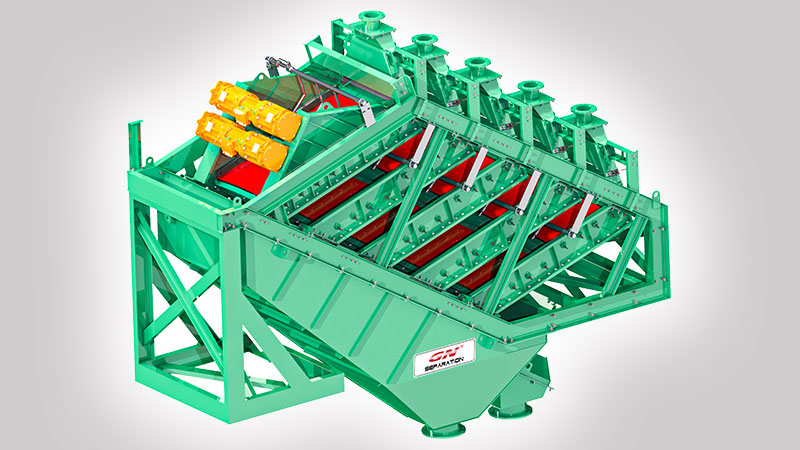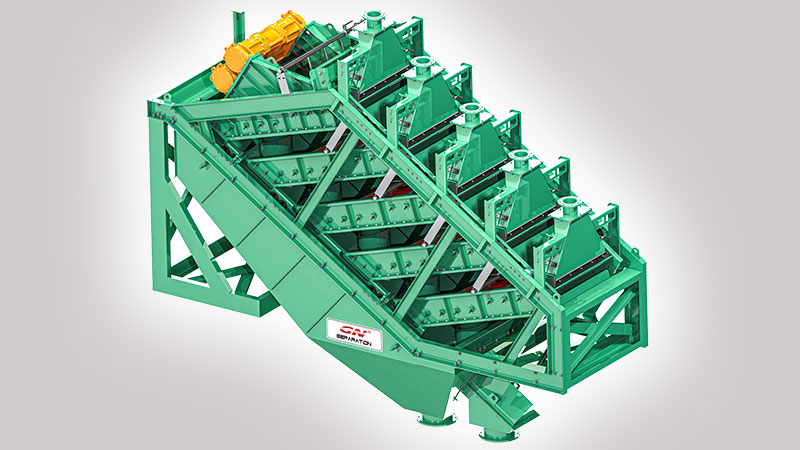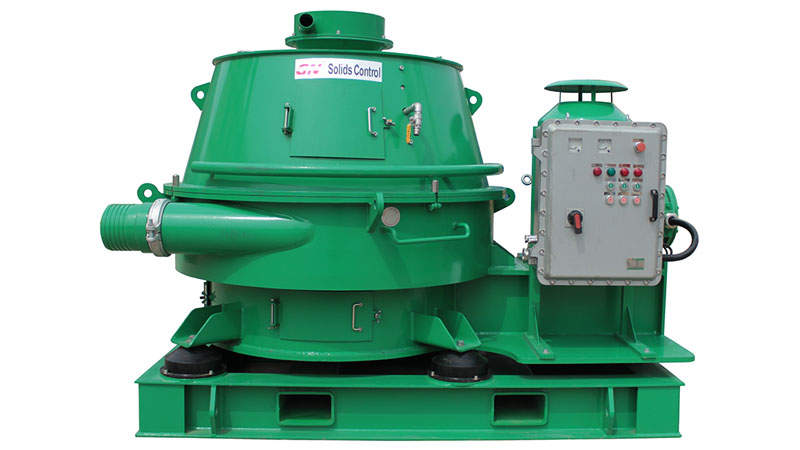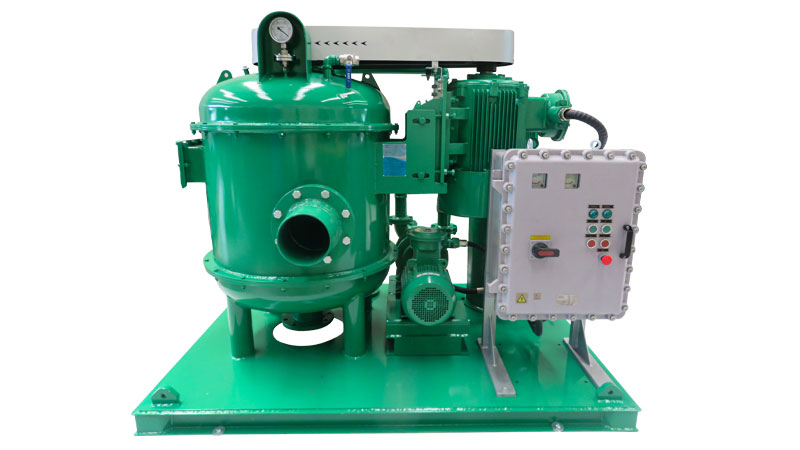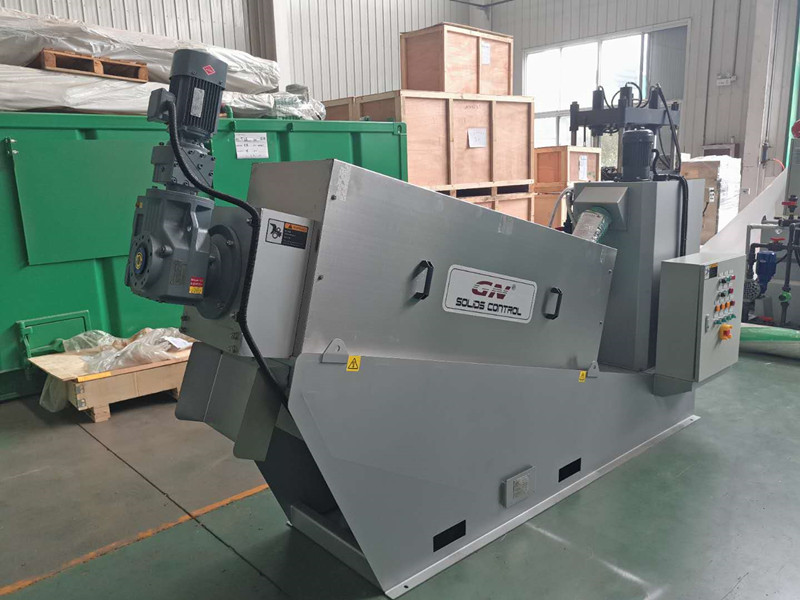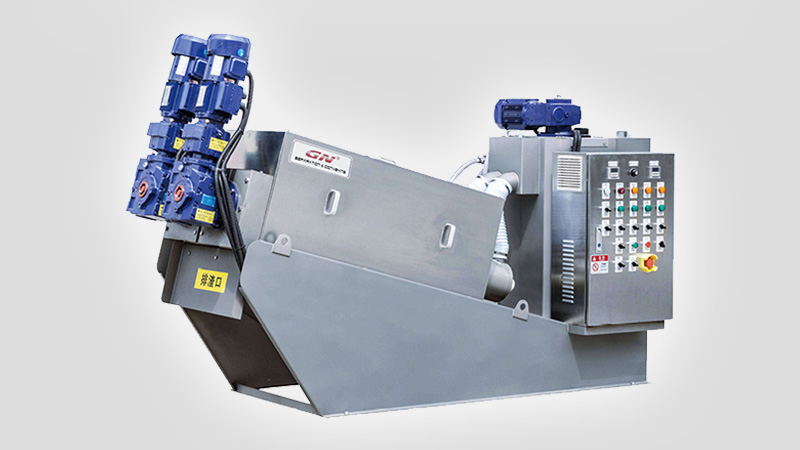A shale shaker is a vital piece of equipment used in the oil and gas industry during the drilling process. Its primary function is to separate drilling cuttings from the drilling fluid, also known as mud. This separation is crucial for maintaining the efficiency of the drilling operation and protecting downstream equipment. The shale shaker works by using a vibrating screen or sieve to separate the solid particles from the drilling fluid. As the mud containing the cuttings flows over the vibrating screens, the larger particles are retained on the screen while the smaller particles and fluid pass through. The separated cuttings are then typically collected and disposed of, while the clean drilling fluid is recycled back into the system. Shale shakers come in various sizes and configurations depending on the specific requirements of the drilling operation. They are often the first line of defense in the solids control process, with other equipment such as desanders, desilters, and centrifuges used downstream to further process the drilling fluid and remove finer particles. Shale shaker for solids control are devices that remove drill cuttings from the drilling fluid while circulating and drilling. There are many different designs and research into the best design is constantly ongoing since solids control is vital in keeping down costs associated with the drilling fluid. The basic design consists of large, flat sheets of wire mesh screens or sieves of various mesh sizes that shakes or vibrates the drill cuttings, commonly shale shaker, across and off of the screens as the drilling fluid flows through them and back into the drilling fluids processing system, often called a mud system. This separates the drill cuttings, often called solids, from the drilling fluid so that it can be recirculated back down the well bore. In oilfield industry, linear motion shale shaker are widely used for drilling mud solids control of oil gas well drilling for rig. Shale shaker is first phase solids control equipment in drilling fluids processing system, also known as key solids control equipment in drilling mud system, shale shaker decides performance of the whole solids control system. GN Solids Control can design double shakers and triplicate shakers on single skid according to clients’ special requirements and also supply relevant connecting manifold, according to current industry situation, GN provide both third generation linear motion shale shaker and fourth generation balanced elliptical shale shaker. GNZS linear motion shale shaker absorbed advanced tech at home and abroad ,and integrated GN own design. GN complete series shale shaker can meet customers’ variable demand. Clients feedback proved the advantages of this kind of shale shaker: high G-force, wide screen area, compressed structure, cost-effective, etc.




